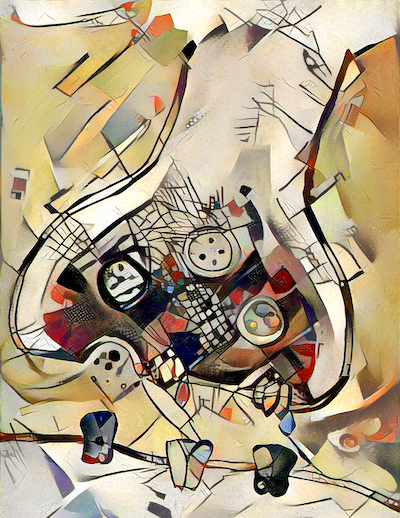The Wang Lab, which studies how dysfunctional nervous system regulation impacts brain disorders, has pushed the boundaries of neuroscience research at Georgetown University for the past five years, with their most recent paper on the role of calcium in nervous system regulation achieving publication Nov. 7.
Tingting Wang, an assistant professor in the department of pharmacology and principal investigator of the Wang Lab, uses techniques like gene editing and computational modeling to understand how homeostatic plasticity — the brain’s ability to remain stable yet responsive to various inputs — relates to neurological disorders. Disorders such as epilepsy and Alzheimer’s disease pose a significant burden on a worldwide scale, as the World Health Organization reports that such diseases accounted for more than 500,000 global deaths in 2019.
According to Yimei Cai (GRD ’25), a pharmacology Ph.D. student in the Wang Lab, the research team is currently conducting experiments to study how neuron interactions, mediated by a special junction between cells called a synapse, create conditions for neurological diseases.
“The lab focuses on elucidating the pathway behind homeostatic plastic control of the synapse. ” Cai told the Hoya.
The Wang Lab uses the model organism Drosophila melanogaster to analyze the pathways that regulate the human body on a day-to-day basis in the hope of identifying where these pathways malfunction to cause neurological disorders. Drosophila, also known as the fruit fly, is ideal for brain research due to its remarkable genetic similarity to humans.
Cai said that the Wang Lab’s findings in fruit flies have the potential to be extrapolated to humans, creating opportunities to reach a greater understanding of common yet complex human neurological diseases like Alzheimer’s.
“Our main focus is still on finding how the mechanism occurs, but we also want to make it translatable to research in human or animal models,” Cai said.
According to Cai, the benefits of using fruit flies for research include their short life cycle and low cost.
“You can use Drosophila to study a lot of things before you do mice work or primate work because drosophila are easy to maintain, they grow faster and they are very cheap,” Cai said.

According to Wang, the lab’s recent work, including the Nov. 7-published study, has supported the insight that dysfunction in non-neuronal brain cells may contribute to the onset of neurodegenerative diseases.
“One of our most recent findings is that glial cells, not only the neurons, but these non-neuronal glial cells are quite important in stabilizing the synaptic function in Alzheimer’s disease models,” Wang told The Hoya.
Wang said that one of the best parts of her work is uncovering surprising new discoveries about the brain.
“I really enjoy the moments where they show me really surprising data and the results are different from what we expected,” Wang said.
Wang’s research with Drosophila models has also led to the discovery that non-neuronal brain cells called glia play a significant role in brain homeostasis. Results from the Wang Lab showed that malfunctions in these glial cells are responsible for the main symptoms of neurological disorders, like muscle weakness and a loss of coordination.
In addition to their work on Alzheimer’s disease, researchers in the Wang Lab are beginning to investigate other neurological disorders like autism spectrum disorder (ASD), whose underlying neurobiological mechanism is not completely understood.
Saleem Abu Tayeh, a research technician in the Wang Lab, has begun preliminary experimentation with Drosophila to better understand the brain function of individuals with autism. His preliminary research is called learning-memory research, and it focuses on analyzing the neurological capacities of flies afflicted with ASD.
“We’re starting with the learning-memory research, so essentially putting flies in pipes and hitting them with different smells and seeing how they react to it and if they remember it,” Tayeh told The Hoya.
In the future, the lab hopes to transition from Drosophila models to rat models, which researchers say is the next step in figuring out where these neuron synapses malfunction in people with neurological disorders.
“I did a lot of brain-splicing for mice, but now they’re starting to do a lot of learning-memory for mice,” Tayeh said.









